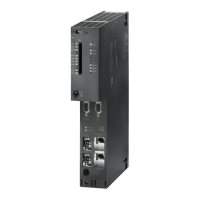
Do you have a question about the Siemens SIMATIC S7-400H and is the answer not in the manual?
| CPU Type | S7-400H |
|---|---|
| Redundancy | Yes |
| Operating Temperature | 0 to 60 °C |
| Programming language | STEP 7 |
| Communication Interfaces | PROFIBUS, PROFINET, Industrial Ethernet |
| Backplane bus | S7-400 |
| Operating voltage | 24 V DC |
| Mounting | Rack mounting |
| Power Supply | 24 V DC |
| CPU Types | Multiple variants available (e.g., 412-3H, 414-4H, 417-4H) |
Overview of redundant PLCs within the SIMATIC series, emphasizing their role in automation.
How the S7-400H meets requirements for availability through component duplication.
Describes the minimum hardware configuration for the S7-400H, including racks, CPUs, and power supplies.
Details available I/O modules and configuration versions for the S7-400H system.
Discusses communication capabilities, availability, and configuration for the S7-400H.
Explains the use of STEP 7 and required software for S7-400H configuration.
Rules for designing and programming the S7-400H user program.
Overview of available documentation for S7-400H components and applications.
Lists necessary software and hardware modules for the S7-400H configuration.
Step-by-step guide for installing and configuring the S7-400H hardware.
Demonstrates system behavior during common fault scenarios like power supply or cable failure.
Details the operation and display elements of the CPU 414-4H/417-4H.
Explains the CPU's monitoring functions and error messages.
Describes the meaning and status indicated by various CPU LEDs.
Explains the function and positions of the CPU mode selector switch.
Covers determining memory requirements and expanding CPU memory.
Details connectable devices and configurations for the MPI interface.
Explains how to connect devices to the PROFIBUS DP interface.
Lists configurable system properties and default parameter values.
Details properties and specifications for using the CPU as a Profibus DP master.
Explains the concept of consistent data and how to maintain it.
Introduces the S7-400H structure and active redundancy principle.
Overview of the possible system modes based on CPU operating modes.
Describes CPU behaviors from POWER ON to redundant system mode.
Details the self-test functions for detecting and reporting malfunctions.
Discusses instruction run times and I/O direct access impacts on scan time.
How to evaluate process interrupts and temporary variables in the user program.
Explains the impact of link-up and update on user program execution and communication.
Outlines the step-by-step process of link-up and update.
Details monitoring times for scan-cycle extension, communication delay, and blocking times.
Discusses specific behaviors and requirements during link-up and update.
Overview of I/O configurations and availability on the S7-400H.
Explains single-channel, one-way I/O configuration and behavior.
Details single-channel, switched I/O configuration and its advantages.
Explains configurations for redundant I/O in central, expansion, and distributed devices.
Describes alternative methods for connecting redundant I/O on the user level.
Basic concepts of fault-tolerant communications and redundant systems.
Discusses Industrial Ethernet and PROFIBUS as suitable networks for fault-tolerant systems.
Lists supported S7 communication services and those that are not supported.
Explains availability and configuration of fault-tolerant S7 connections.
Details communications with standard systems using S7 connections.
Evaluates communication performance based on load, response time, and data throughput.
Steps for installing the S7 fault-tolerant system option package.
Basic approach to configuring S7-400H, creating stations, and hardware.
Explains how system display and editing differ in SIMATIC Manager for fault-tolerant stations.
Details replaceable components in central and expansion racks during operation.
Lists replaceable components in distributed I/O systems during operation.
Discusses hardware changes like adding/removing modules during operation.
Step-by-step procedure for adding hardware components using PCS 7.
Step-by-step procedure for removing hardware components using PCS 7.
Step-by-step procedure for adding hardware components using STEP 7.
Step-by-step procedure for removing hardware components using STEP 7.
Details modifiable CPU parameters and recommended settings.
Explains methods for expanding or changing CPU memory components.
Describes the function and mechanical configuration of the synchronization module.
Provides guidelines for routing and bending fiber optic cables.
Detailed technical specifications for the CPU 414-4H.
Detailed technical specifications for the CPU 417-4H.
Provides run times for function blocks and function calls used with redundant I/O.
Explains reliability, availability, and MTBF parameters for PLCs.
Compares MTBF factors for various system configurations with central I/O.
Information on single operation of fault-tolerant CPUs.
Defines single operation as using a fault-tolerant CPU in a standard station.
Outlines applications requiring fault-tolerant CPUs, like specific connections or fail-safe controllers.
Lists differences between standard and fault-tolerant CPUs in single/redundant modes.
Documentation and prerequisites for converting S5-H systems to S7-400H.
Compares S5 error diagnostics with S7 diagnostics and programming methods.
Lists additional programming functions specific to fault-tolerant systems.
Highlights features not supported by fault-tolerant CPUs compared to standard ones.
Lists central FMs and CPs usable with S7-400H, noting their release and redundancy support.
Lists FMs and CPs for distributed one-way use with ET 200M.
Lists FMs and CPs for distributed switched use with ET 200M.
Connection diagram for redundant sensors to SM 321 DI 8 x AC 120/230 V.
Connection diagram for an actuator to redundant SM 322 DO 8 x AC 230 V/2 A.
Connection diagram for redundant sensors to SM 321 DI 16 x AC 120/230 V.
Connection diagram for a transmitter to redundant SM 331 AI 8 x 16 Bit.
Connection diagram for an actuator to redundant SM 332 AO 4 x 12 Bit.
Connection diagram for redundant sensors to SM 421 DI 32 x UC 120 V.
Connection diagram for an actuator to redundant SM 422 DO 16 x AC 120/230 V/2 A.
Connection diagram for redundant sensors to SM 321 DI 16 x DC 24 V.
Connection diagram for an actuator to redundant SM 322 DO 32 DC 24 V/0.5 A.
Connection diagram for a transducer to redundant SM 331 AI 8 x 12 Bit.
Definition of a dual-channel H system.
Error occurring during memory comparison in fault-tolerant systems.
Definition of an H system with two central modules.
Systems that remain in a safe state or go to a safe state upon failure.
Systems designed to reduce downtime via component redundancy.
A station with two central processing units (master and standby).
Fault-tolerant system with at least two CPUs processing programs identically.
I/O accessed by only one redundant central processing unit.
Details address areas for CPU 31x-2.
Information on communication availability and system availability.
Information about the base system configuration.
Details on bus connectors for interfaces.
Information regarding the MPI interface.
Information regarding the Profibus DP interface.
Details on central processing units.
Information on communication functions.
Information on system components.
Overview of different I/O configuration types.
Details on configuring the system.
Information on configuring network settings.
Details on system connections.
Information specific to fault-tolerant S7 systems.
Details on consistent data access methods.
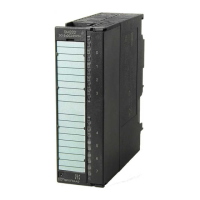
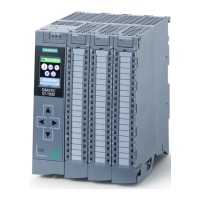


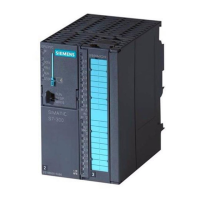
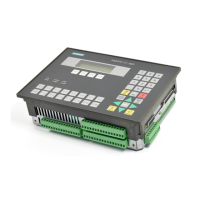
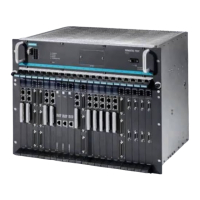
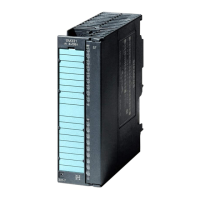
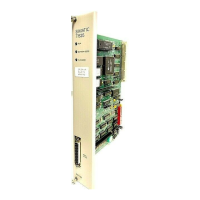


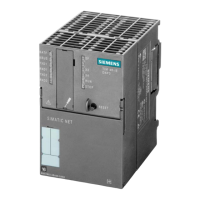
